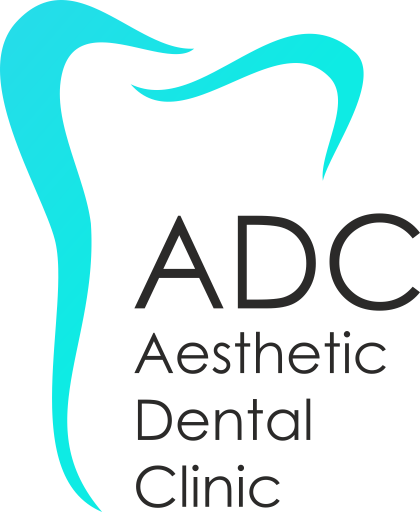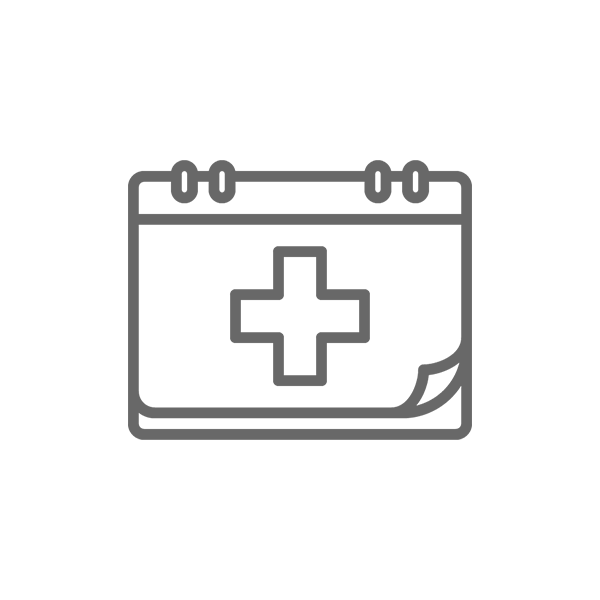Contents
What is Tooth Occlusion?
Tooth occlusion refers to the way your teeth and jaw are working together or how the upper and lower rows of teeth come in contact. To be more specific, it is the relationship between the lower jaw teeth and the upper jaw teeth when they come in contact, such as when you close your mouth or chew your food. The way your teeth come to Occlusion helps you smile, talk and eat.
You may have open bite, closed bite, crowded teeth, sparse teeth or perfectly aligned teeth.
Wrong Occlusion or otherwise bad tooth convergence, refers to poor alignment of the jaws and teeth, resulting in what is known as bad bite. Bad tooth Occlusion can lead to various dental complications.
The problem of Occlusion
If your teeth do not have proper Occlusion, you can have problems not only in your teeth but also in the gums, temporal ligament or the muscles that move your jaw. These problems are called ” Occlusal” problems.
Teeth – Teeth that are off-line, teeth that have mobility, heavily worn or broken teeth, dental fillings or Crowns that start to move can be signs of Occlusal problems. Your teeth may also be in pain when chewing or be in pain constantly.
Gingiva – Moving teeth or loose gums can be aggravated by defective bite.
Temporomandibular Joint Disorders – “Clinking”, friction or pain in the jaw joints, sounds or ringing in your ears and difficulty in opening or closing your mouth could be due to the fact that your teeth do not converge properly.
Facial Muscles – If your jaw is in the wrong position or your teeth have premature contact, the muscles that move the jaw must work much harder and can get tired. This leads to muscle spasms. The main symptoms are persistent headaches or migraine, especially the first thing in the morning, back pain in your eyes. Pain in the sinuses and pain in your neck and shoulders. Sometimes even the back muscles are involved.
How do I know if I have a problem?
You may find that your teeth are clenched or rubbed, although most people who do this they do not understand it. It can be stressful at times, but generally most people clench their teeth when focusing on a job – housework, gardening, car engineering, typing and so on. You may wake up in the morning with a rigid jaw or tenderness when you bite. This may be due to tightening or grinding of the teeth in sleep. Most people who brush their teeth do so while sleeping and may not know that they do.
If you are suffering from severe headaches or neck and shoulder pain, you may not have linked it to possible jaw problems. You may have pain or discomfort in the side of your face, around your ears, or in the jaw joints, or in the opening and closing of the jaw. These are all symptoms of Temporomandibular joint problems. If you have missing teeth in the back of your mouth (or generally missing teeth in any area of your mouth), this can lead to an unbalanced bite, which can cause uneven pressure on your teeth. Together, all of these symptoms are called “Temporomandibular Joint Syndrome”.
The treatment of Tooth Occlusion
Ensuring that you have the right bite or convergence is part of various specialties of dentistry depending on the needs and desires of each patient individually.
These are:
- Periodontics: It deals with the treatment of soft and hard tissues around the teeth.
- Prosthetics: It deals with the prosthetic restoration of teeth in the jaws.
- Implantology: It deals with the addition of missing teeth in damp areas.
- Orthodontics: It deals with the movement of teeth in the jaws.
Occlusal Splints also help to reshape the jaw muscles at an early stage, as well as specific physiotherapy exercises. And then in the treatment of inflammation and other problems in the Temporomandibular joint.
To be able to offer the best treatment we need to have a clinical picture of the patient in order to create a personalized treatment plan.
Post-treatment stage
Symptoms gradually begin to subside and the patient begins to feel better in areas of discomfort.
The Result of Good Occlusion
Complete cure and eradication of symptoms if the instructions are followed correctly.
You will feel that you can speak and eat right now without the difficulty that existed before.
There will now be a smile full of confidence.




